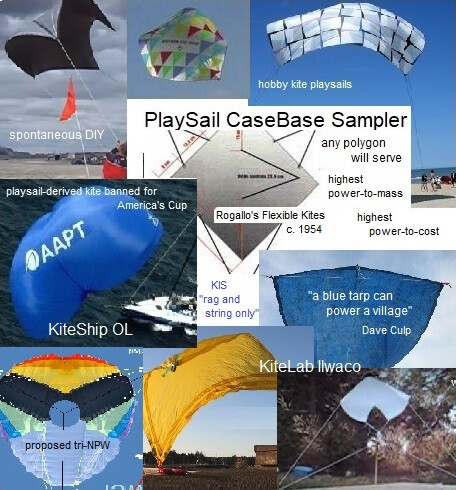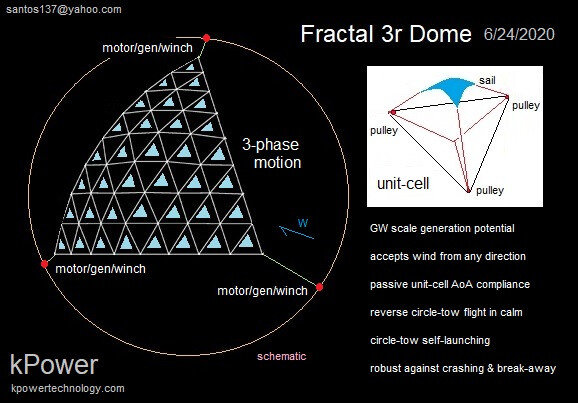Nice of you, Dave, to say I am “correct” about something. Because you, and maybe Joe, “are” the ultimate authorities about who is “correct” about what in the field of generating electricity from the wind is “correct” and what is “incorrect”, right?
For example, if some engineer uses statics to calculate whether a concrete anchor will hold a given amount of thrust at a given depth in a given soil type, Joe can “correct” their “ignorance” by informing them of how to use fluid dynamic equations to calculate the amount of “lift” the concrete anchor will generate due to a decades-long “flow” of the soil around the anchor that produces downward-pulling “lift”, right Dave? Because by “redefining” a concrete anchor as “a wing”, Joe has introduced an important engineering innovation - new structure never seen before, right Dave?
And when you announce, oh I don’t know, an AWE-powered concert, a project with “Moab Monkeys” climbing around on your non-power-producing airborne apparatus, or re-powering the gigaWatt generators of an existing power plant with a “power-kite”, we can all count on that innovation as “the real thing” because the “important information” comes from “The world’s leading AWE researcher”, right?
Notice how I have to put little “finger-quotes” around anything you say, because they never come true?
While many of us look at a Magenn, or an Altaeros, as examples of ideas that quickly disprove themselves, at least they produced some small amount of token electrical output.
And after years of you denigrating the idea of torque transmission, saying it can never work, some of the more recent entrants have constructed working airborne wind energy demo systems that produce impressive amounts of power considering the home-made, first-attempt nature of their efforts.
But you guys, with all your bluster, and all your pretense of being an “expert” and acting as some sort of “final authority” in flying wind energy (FWE), even claiming to be the world’s top researcher, you have yet to demonstrate any significant power output from any of your apparatus.
Now the concept of flying buildings, supported by the air, is interesting, but like FWE, it is not a field in which you have actually demonstrated any particular acumen. It seems more like one more case of “renaming” of “redefining” what has been long accomplished, similar to you “recategorizing” the fact that airplanes routinely must take wind currents into account when planning routes and schedules, as a matter of course. To do otherwise would be ignorant and irresponsible. Yet you’ve both tried to steer such word redefinitions toward an example of successful FWE engineering, acting as though it is somehow your own contribution thereto.
Personally, I do not believe attempts to redefine what already is, amount to anything beyond mere wordplay. And it is telling that venues such as this are, in the end, mere strings of words, which, in themselves, do not produce any electrical output.
Given the fact of nothing significant having emerged from merely renaming things, I think people reading this (all four of them?) should realize that paying too much attention to your endless wordplay does not introduce any specific working examples of what is purported to be introduced. No innovations, just redefining words.




